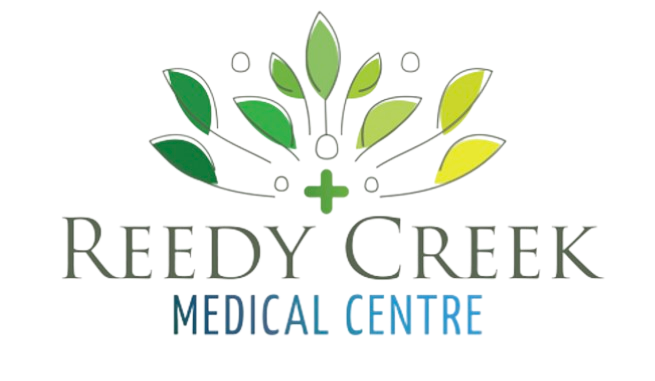Medical Acupuncture
Dr. Sanjoy Dutta is now performing Medical acupuncture at our clinic.
Medical acupuncture is a new variant of acupuncture in which qualified and accredited doctors will use their western medicine scientific approach to derive a working diagnosis, then the doctor will use their knowledge of TCM and traditional acupuncture to deliver effective acupuncture therapy in conjunction of conventional medical therapy.
History of Acupuncture
Acupuncture is believed to have originated around 100BC in China, around the time The Yellow Emperor’s Classic of Internal Medicine (Huangdi Neijing) was published. Acupuncture spread first to Korea in the 500s AD, then to Japan through medical missionaries, and then to Europe, starting with France.
It is one of the oldest and most long-standing health care systems in the world. Today, acupuncture is an effective, natural and increasingly popular form of health care that is being used by people from a wide range of cultural and social backgrounds.
Underlying the practice of Chinese Medicine is a unique view of the world and the human body that is different from Western medicine concepts. This view is based on the ancient Chinese perception of humans as microcosms of the larger, surrounding universe—interconnected with nature and subject to its forces. The human body is regarded as an organic entity in which the various organs, tissues, and other parts have distinct functions but are all inter-dependent. In this view, health and disease relate to balance of the functions.
The theoretical framework of Chinese Medicine has a number of key components:
- Yin-yang – The concept of two opposing, yet complementary, forces that shape the world and all life. Yin and yang are applied to medicine in numerous ways. For example, they classify parts of the body. The upper body is yang, while the lower body is yin. The exterior is yang, while the interior is yin. The back and shoulders are yang while the chest and abdomen are yin. When a person is healthy, the yin and yang aspects of the body are “in harmony” or ‘‘in balance.” In illness, yin and yang are in disharmony. Disease is attributed to many different causes, but is almost invariably linked to a disturbance of the body’s normal yin-yang relationship.
- Qi – Qi is the basic substance of the universe or vital energy. In its primal form, it is a diffuse, highly active substance. Qi circulates in the body through a system of pathways called meridians. Health is an ongoing process of maintaining balance and harmony in the circulation of Qi. The energy field between the poles of yin and yang gives rise to the universal primal force Qi.
According to ancient Chinese belief, vital – or life force – Qi is the primary source of all living processes in the cosmos.
- Meridians- There are 12 pathways called meridians in the body. These pathways are like channels that Qi runs through. Any stagnation or concentration of Qi can leave the body out of balance. Both physically and physiologically. The 12 meridians of the body are: Liver, Spleen, Heart, Lung, Triple Burner, Stomach, Bladder, Large Intestine, Small Intestine, Skin, Gallbladder, Kidneys. Each meridian not only makes up it’s own individual organ system but also rules certain emotions, physical ailments, etc. Along the meridians there are points called pressure points. These points are concentrations of QI (or energy) along the meridians. Each point also represents something specific along the meridian and can be used for various treatments and to disperse energy.
- Five Elements – fire, earth, metal, water, and wood—to explain how the body works; these elements correspond to particular organs and tissues in the body. Elements have specific constructive and destructive relationships with each other. For example, wood generates fire, while water controls fire. Through the relationships among the Five Elements, all the elements control and harmonize each other.
How does acupuncture work?
If the flow of qi in the meridians becomes blocked or there is an inadequate supply of qi, then the body fails to maintain harmony, balance and order, and disease or illness follows. This can result from stress, overwork, poor diet, disease pathogens, weather and environmental conditions, and other lifestyle factors and becomes evident to TCM practitioners through observable signs of bodily dysfunction. TCM practitioners look carefully for these signs of health and dysfunction, paying particular attention not only to the presenting signs and symptoms, but also to the medical history, general constitution, and the pulse and tongue.
Acupuncture treatment involves the insertion of fine, sterile needles into specific sites (acupuncture points) along the body’s meridians to clear energy blockages and encourage the normal flow of qi through the individual. The practitioner may also stimulate the acupuncture points using other methods, including moxibustion, cupping, laser therapy, electro-stimulation and massage, in order to re-establish the flow of qi.
